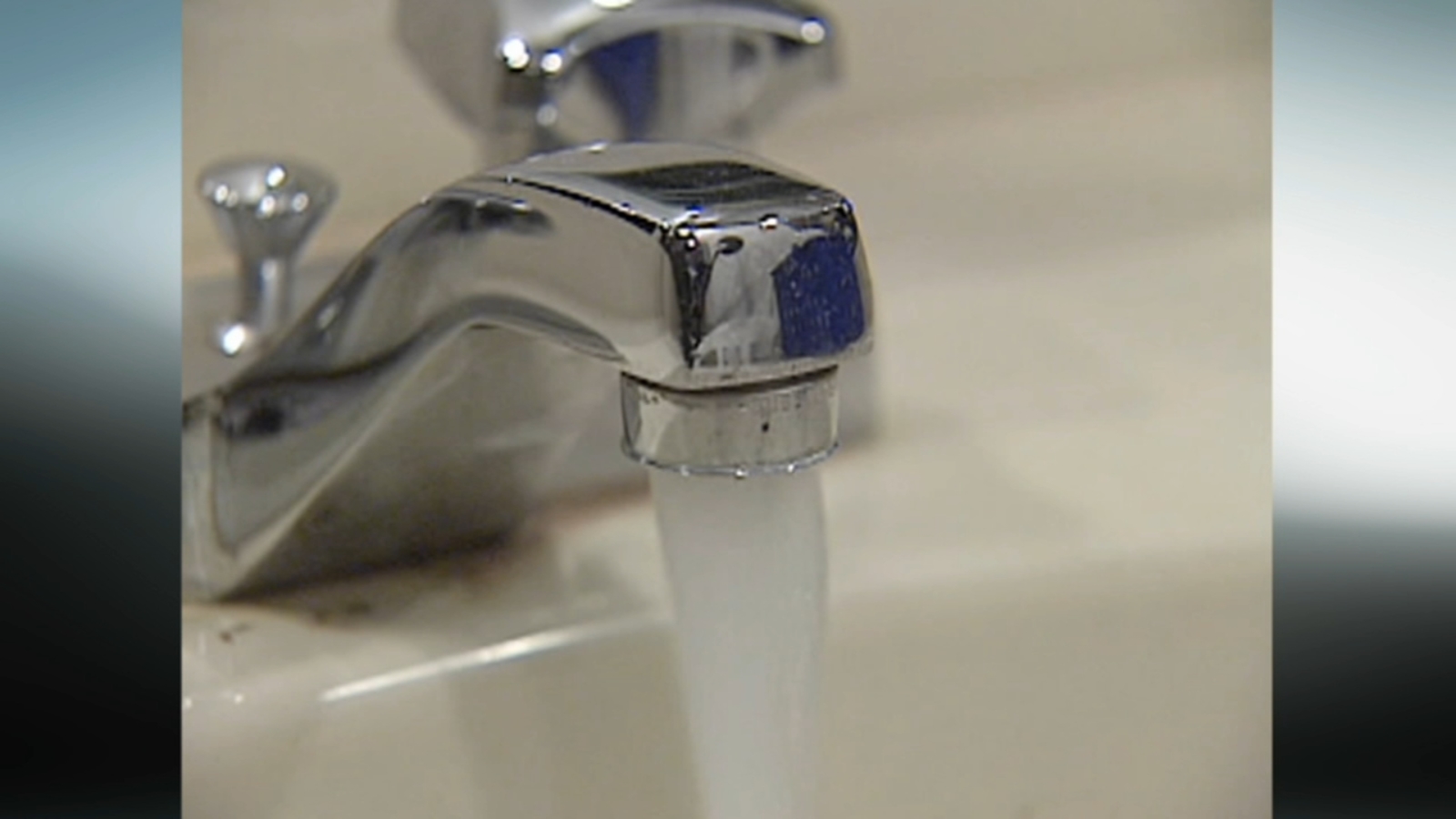The Civil Engineering Society gave the country’s drinking water infrastructure a C- rating in 2021
WASHINGTON – The Biden administration on Tuesday announced $5.8 billion in funding that will go out to every state and territory to help fix an ailing water infrastructure that continues to put millions of Americans’ health at risk.
Michael Regan, administrator of the US Environmental Protection Agency, and Vice President Kamala Harris will be in Pittsburgh on Tuesday to promote the administration’s efforts to ensure a safer drinking water system and more reliable wastewater infrastructure Projects underway in Pittsburgh - such as an effort to get rid of lead pipes - are among several across the country that are being funded through bipartisan 2021 legislation that designated $50 pillion toward improving water infrastructure.
“President Biden and I believe that every person in our country should have a right to clean water no matter where they live or how much money they make,” Harris said in a news release from the EPA. “With this investment, we are continuing our urgent work to remove every lead pipe in the country and ensure that every American has access to safe and reliable drinking water.”
The federal government won’t pick the projects funded by the investment announced Tuesday. Rather, it will funnel the money to states, territories and tribes through the Clean Water and Drinking Water State Revolving Fund programs.



There are two approaches here. First, if you have a well, you can get a pressure filter system installed. Different systems achieve different things, such as reducing the hardness or removing iron and manganese or sulfur.
Second, if you have municipal water, you could get a tap filter. This type of filter goes directly on your tap and is used to remove particles. Usually these are overkill, but they use them in areas with lead pipes to reduce lead exposure (they will remove the pipes eventually, but it will probably take a decade or more in some cities). Your classic pour over Britta doesn’t do anything for particles, instead it adsorbs certain dissolved contaminates and removes residual chlorine. This may make your water taste better, but it won’t protect you from lead if you have lead pipes.
Unfortunately there really isn’t a replacement for these types of adsorptive filters because they work using activated carbon. Activated carbon comes from natural products (primarily coal, but also coconut shell and other materials), but it has to undergo a heating process to “activate” it, which goes well beyond what you can do at home. That said, other than the improved taste there is likely no benefit to using it, and you can dechlorinate your water by simply leaving a jug in the fridge for a few hours.
If you are on a well I can explain some of the other options!
Let’s hear about the well options, please 🙂
Groundwater does not typically contain many particles because (a) water moving through the ground gets naturally filtered and (b) groundwater is typically anoxic, which causes certain things to dissolve. Accordingly, most filtration systems for well waters are focused on removing those dissolved contaminants.
The most common well water treatment is water softening. These systems remove hardness from your water (cations, typically calcium and magnesium). Water softeners are usually ion exchange based, so basically you are swapping out the calcium or magnesium for sodium or potassium.
Some wells have dissolved metals (manganese or iron are common) that can stain fixtures and laundry (manganese can also cause health problems for children). Arsenic is also common in some regions, which causes cancer, and hydrogen sulfide, which causes a rotten egg smell. All of these can be removed using a special filter system, which uses catalytic oxidation to oxidize and remove these contaminants. These systems typically use manganese oxide (often called greensand) and chlorine.
To remove salts or microbial contaminants it is common to use a reverse osmosis (RO) membrane filtration system. These systems reject salt ions and microorganisms by a combination of small pore sizes and charged surfaces - the salt ions can’t pass through a positively charged surface because of electromagnetic repulsion.
If you have well water you should get it tested regularly and make sure your treatment system is appropriate for your water!